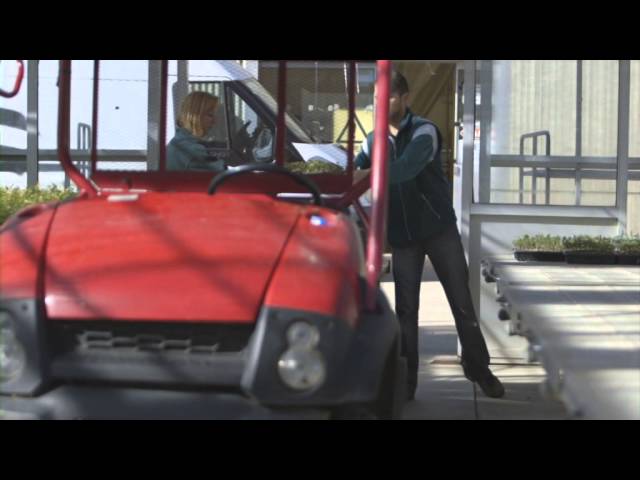You have an important role to play in protecting your property and the entire chicken meat industry from biosecurity threats.
On this page, you will find the tools to implement the simple, everyday biosecurity practices to protect the health of your livestock, limit production losses and help maintain market access for Australia’s chicken meat producers.
The recommended on-farm biosecurity practices for chicken growers are provided in the National Farm Biosecurity Manual for Chicken Growers. The manual identifies areas of risk common to most broiler farms and appropriate measures to minimise these risks. It establishes a minimum set of biosecurity guidelines applicable to all meat chicken producers from hatcheries to the point of delivery at the processor.
Biosecurity toolkit
As a chicken farmer, the best way to protect yourself from biosecurity risks is to keep diseases, pests and weeds off your property. The chicken growers’ biosecurity manual contains a suite of tools to help farmers implement a comprehensive property biosecurity plan, including:
- Personnel quarantine declaration
- Entry conditions poster
- Visitors’ log
- Water sanitation record
- Rodent control record
- Production area audit checklist
To download any of these records, visit the Australian Chicken Meat Federation’s website.
National Farm Biosecurity Manual for Poultry Production
This manual establishes a minimum set of biosecurity standards applicable to all poultry producers. While the manual was produced with commercial producers in mind, the principles of good biosecurity apply to any poultry or bird-raising operation.
National Water Biosecurity Manual – Poultry Production
The manual identifies what water sources are safe to be used by the Australian poultry industry, which is an important issue because contaminated water can cause disease outbreaks.
Interim guidelines for persons working with poultry and other birds at risk of highly pathogenic avian influenza
The guidelines provide summary information on avian influenza, and specific health and safety advice for personnel involved in the handling, farming or processing of poultry and poultry products, and other workers who may be exposed to birds or their associated products (secretions, faeces, litter, eggs and meat), potentially contaminated with Highly Pathogenic Avian Influenza.
More information
Maintaining sound on-farm biosecurity is very important in preventing the single biggest threat to the poultry industry’s sustainability – an outbreak of an emergency animal disease. For this reason, the Australian Chicken Meat Federation works closely with governments and industry partners to keep out potentially disastrous exotic threats.
















